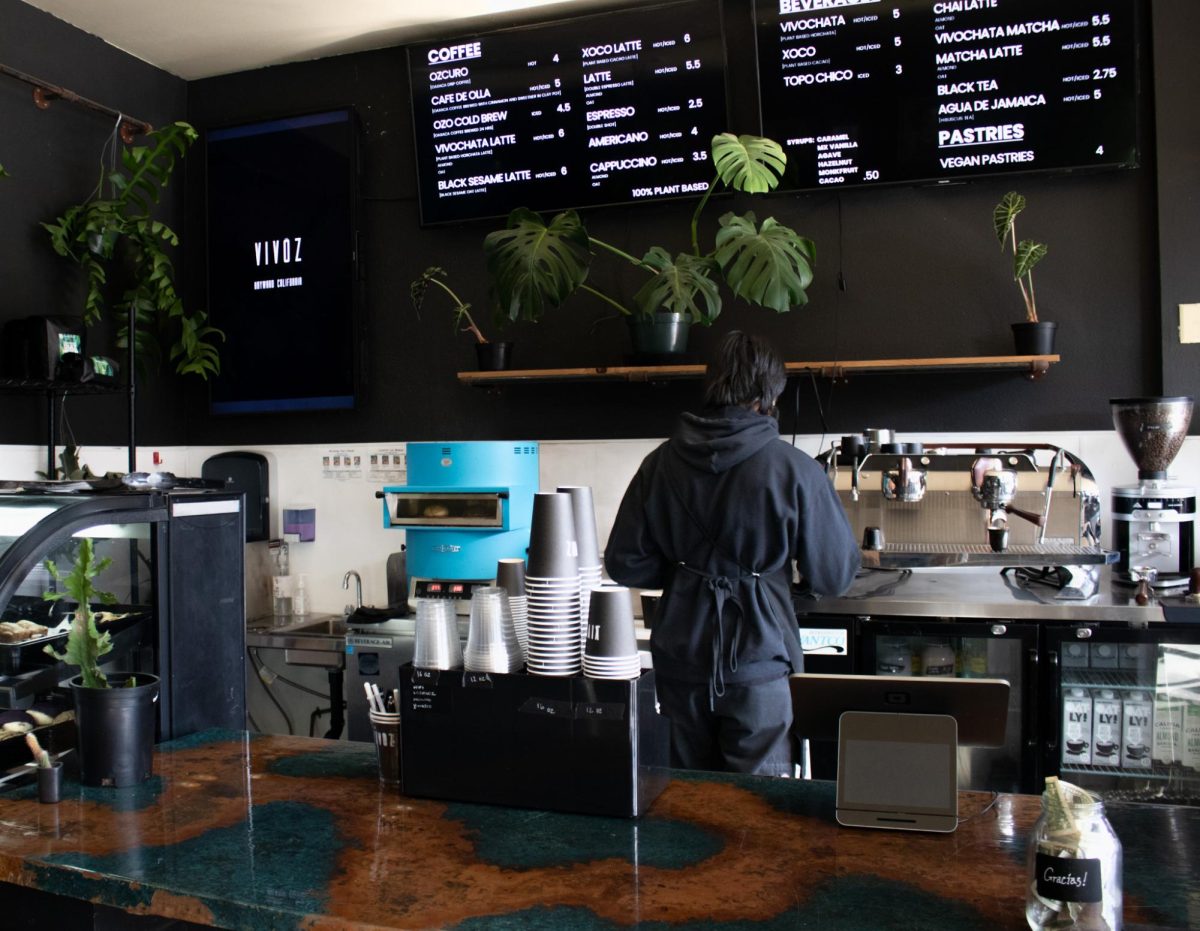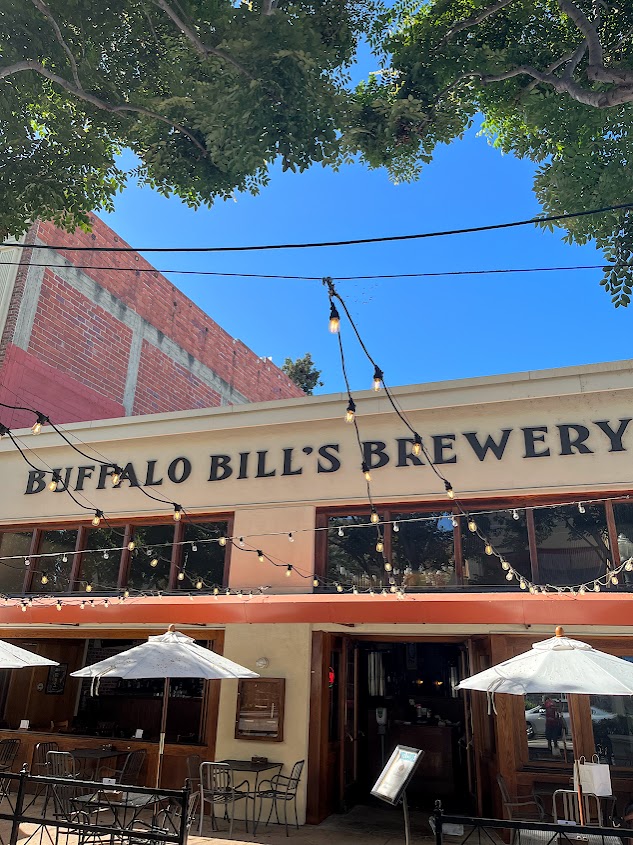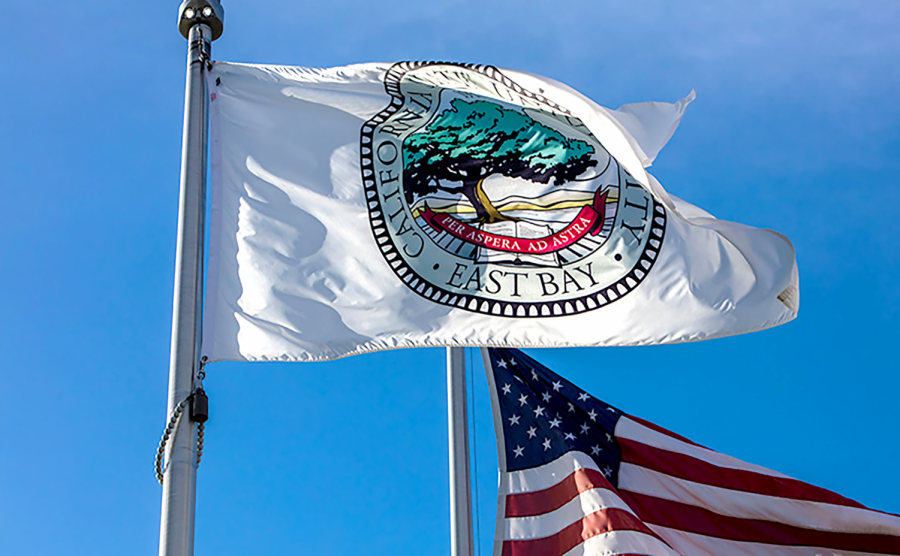In a secluded, impoverished neighborhood in my hometown of Fresno, California, sits a row of small ethnic stores which have probably never seen the likes of state health inspectors, maintenance service providers or air conditioning units. Laotians, Cambodians, Thai, Vietnamese and Hmong immigrants, who are sworn enemies in the “Old Country,” all shop in these tiny, cramped grocery stores that sell everything from locally grown, pesticide-free greens (pesticides are too expensive, anyhow) to malodorous squid carcasses. The shops are the primary sources of food, women’s gossip, gambling tokens, and karaoke DVDs for many of the Southeast Asian immigrants who call this dry, flat stretch of slums, aptly named “Asian Village,” their home.
Despite their smells, their often-rude service, and the owners’ suspicion of anyone and everyone who enters, these markets have a third-world charm to them that even I as a young child could appreciate. I was hauled along many times by my Cambodian immigrant mother to the markets, and on one of those shopping trips, my mother bought herself a snack. I couldn’t identify the food, but it looked like it was made of green worms and it smelled of fish. It came in a paper Frito boat made by Dixie, the ones with 1980s-inspired flower pastel designs.
“Here, you try,” she said, pinching a worm with her fingers and eating it before handing the soggy Frito boat over to me. I cautiously sniffed it, wrinkling my nose in confusion.
“What is it?” I asked.
“Bok l’hong” was all she said.
From Khmer to English, “bok l’hong” is translated as “pounded papaya.” On the border of Thailand and Laos, where the salad originated, it is called “Som Tam” or “pounded sour.” The salad is created in large, wooden mortars and then pounded with stone pestles until all of its acute flavors are infused into the bland, crisp papaya. It must be ordered fresh and must be consumed quickly, for time will see it a soggy mess.
Papaya salad is the perfect example of a contradiction. The appetizer dish is both so fresh and so putrid that it is hard to believe that such an incongruous creation lives in perfect, ambrosial harmony. Unripe, green papayas, peeled and then grated into delicate, millimeters-thick shreds, lays the groundwork for this lettuce-less salad. Juicy, sweet cherry or grape tomatoes that burst in the mouth like little red firecrackers punctuate the freshness. Tart lime juice is squeezed in for a sour surprise and a wedge of fresh cabbage on the side cools down the mouth.
But while the salad’s ingredients are fresh and energetic, there is a dark side. Fermented fish sauce, in all its rancid glory, dresses this unusual salad. The fish have sat in barrels for years in salt and pineapple brines, decaying first into a gelatinous stew of flesh, and then eventually into liquid death. Pulverized, pungent garlic adds bite, and the hot Thai chilies pounded into the garlic taste as though they came from the fires of hell itself. Oftentimes, miniature, dried shrimp, with shells on, legs attached and eyes staring eerily into your own are stirred in for protein. But it is this philosophy of Thai cooking, of light and dark, of life and death, of yin and yang that makes the papaya salad pure perfection.
Papaya salad is possibly the most popular dish in Thailand—and its most popular diet plan. With only 60 calories in half a papaya, it’s no wonder women, and some men, gulp down the treat frequently with hopes of staying slim. Vendors line the streets in Bangkok serving the salad to passerby on their way home from work. There are even restaurants dedicated to sampling Thailand’s trademark salad. One such restaurant in Bangkok called Tump Nak Thai seats more than 3,000 people that wait anxiously for servers in roller skates to serve them salads for 60 cents each.
There are many variations of the dish. Landlocked areas of Southeast Asia use land crabs instead of shrimp. The Cambodians add fresh green beans and often forgo the shrimp (sometimes, MSG is added in secret to bring out the flavors of the salad). In the U.S., many vegans enjoy the salads and substitute salt for the fish sauce. The salad first made its ways to the Western shores of the United States when a flood of Thai immigrants from the Isan region, the poorest in Thailand, made their way here.
However, for all of its popularity in Southeast Asia, papayas are not native to the region. No one knows exactly when or where the large fruit came into existence, but it is generally agreed upon by experts that the papaya saw its genesis on the volcanic slopes of Central America, the area that now ranges from southern Mexico to Nicaragua. It spread worldwide when Spanish conquistadors brought the fruit back to Europe.
In many regions where papayas are consumed, they are considered a miracle fruit that relieves common ailments and maintains vigor. Papayas are packed with nutrients such as vitamin A, potassium, folate, and beta-carotene. It also is a great source of fiber and has more vitamin C than an orange of equal size. It has even been shown that consuming roots and gourds, like papayas, can lower toxicity levels of arsenic in humans.
Nevertheless, it is not the nutritional value of a papaya that has me, and others, completely enchanted with this salad. Papaya salad was a treat akin to chocolate for me when I was a child. I would beg my mother to ask the Hmong women at the market pound out a salad for me. It’s more than just taste that intrigued me—it was also the method of preparation. The three women I always ordered salad from sat in communal circle around a thick, wooden, circular cutting board with multiple scars marring its surface. Each woman carried out a specific, tacit function. One woman would peel the green papaya, and, through use of a large metal cleaver, make small cuts into the fruit. She would then slice the crosshatched pieces lengthwise, creating small slivers of fresh papaya. The next woman would cut the tomatoes into halves and crush the garlic under her cleaver so that she could peel it easily. And the last woman sat with the wooden mortar between her legs, and added in the sauces, lime juice and the amount of chili you asked for, pounding each fraction of the salad into a glorious, succulent, tangy, spicy whole, whose flavor will never escape memory.

















